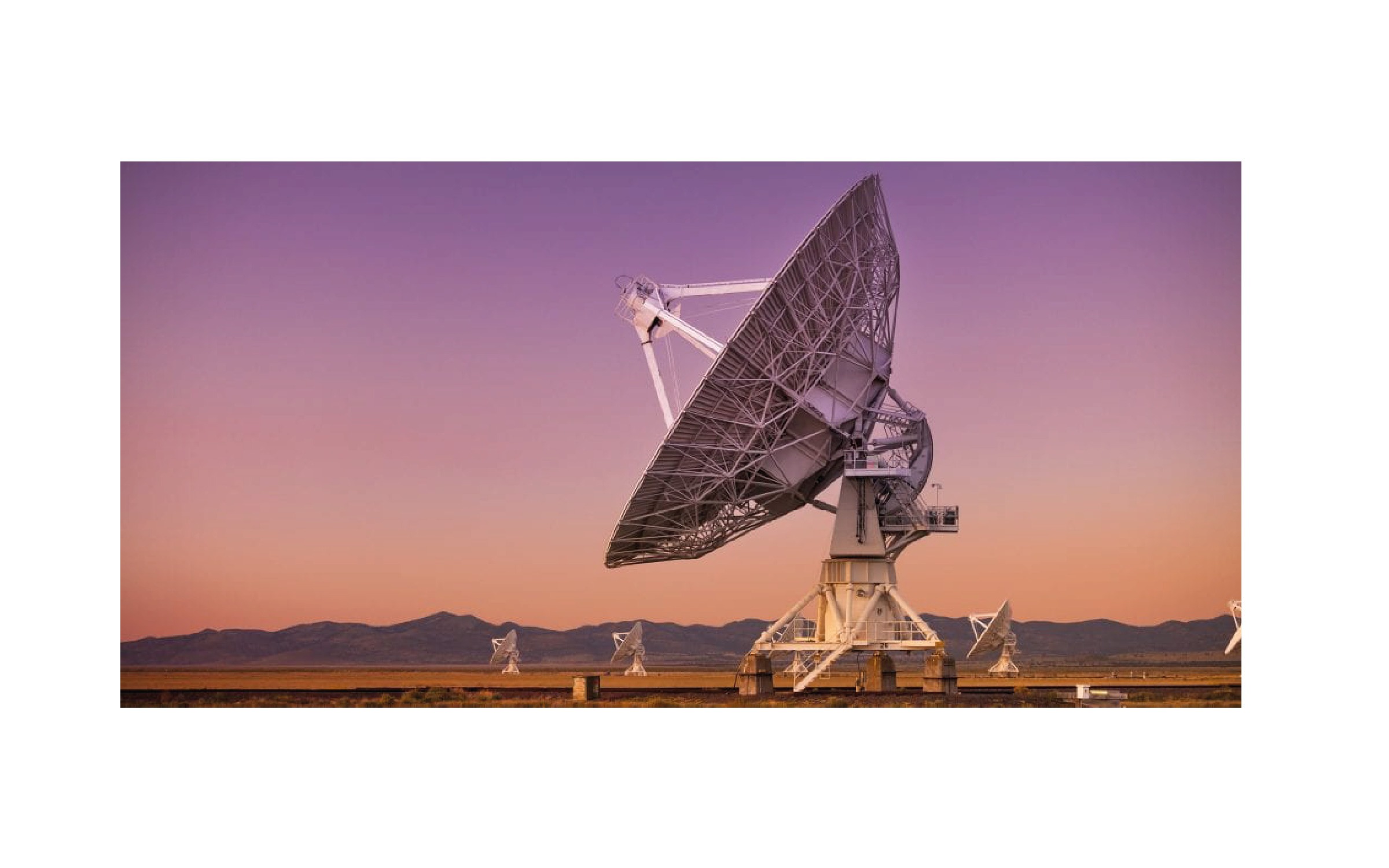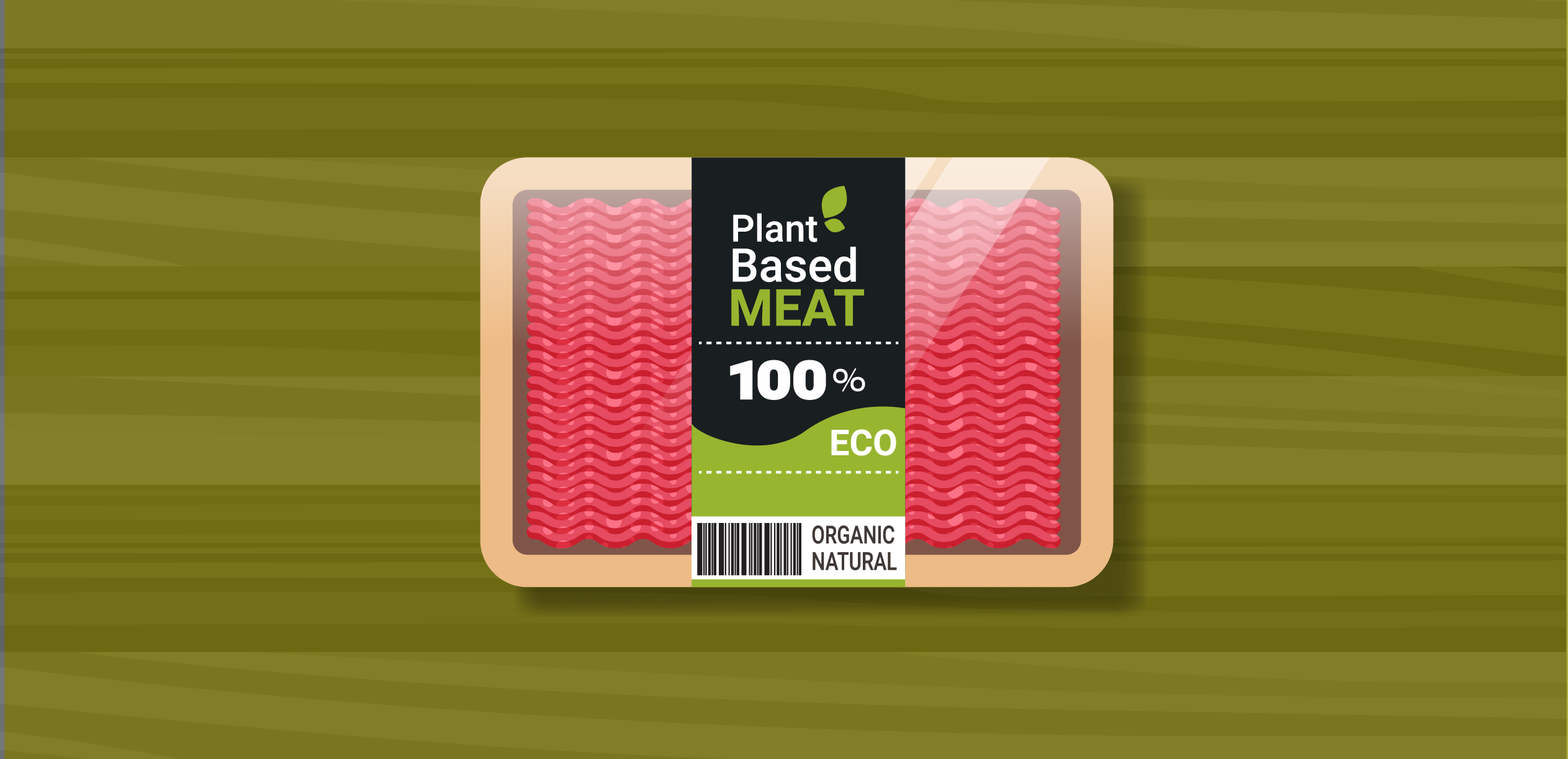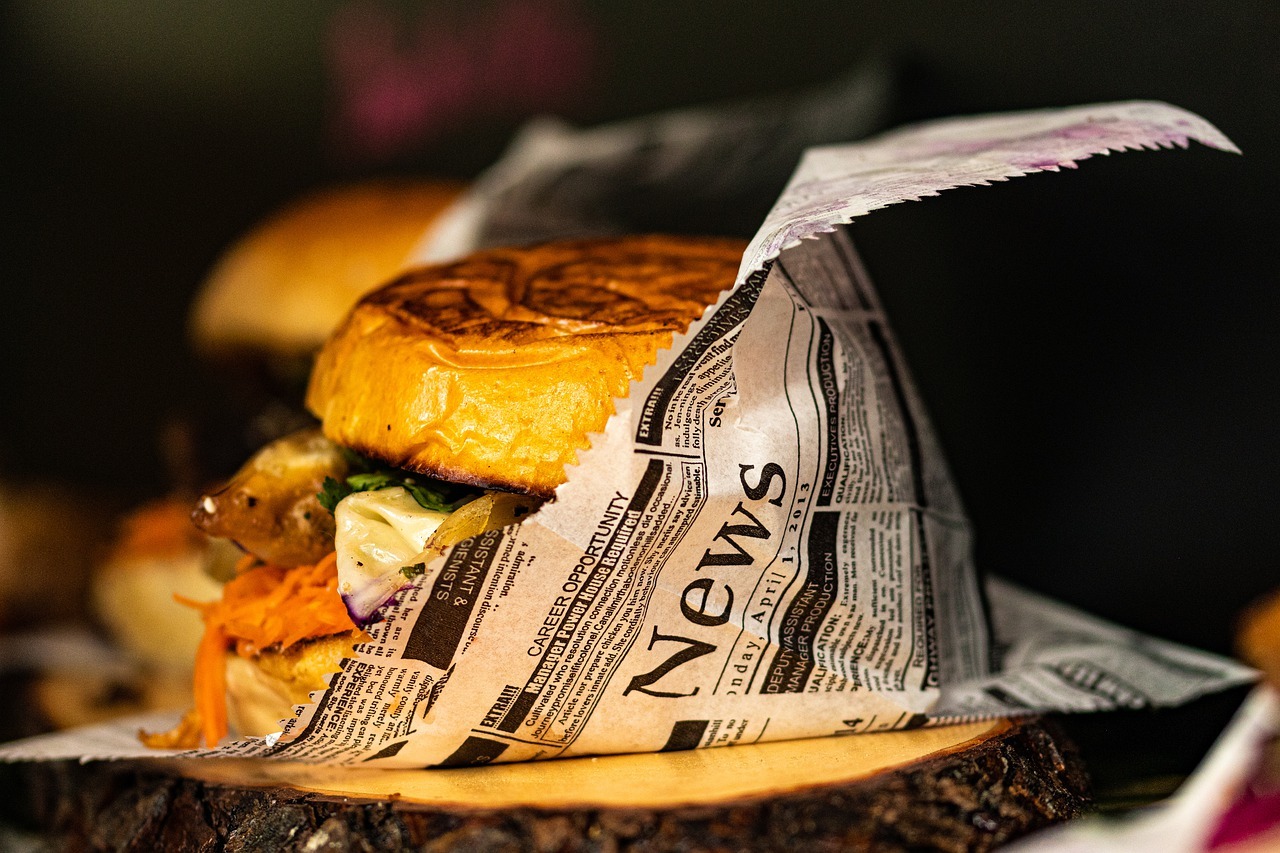Worldwide, several organisations employ differing standards of classification for hotels. Hotels may opt for one of the more popular or acceptable standards of classification issued by a rating organisation, and will therefore be categorised accordingly. Many of the rating organisations (viz. American Automobile Association, Automobile Association (UK), HOTREC (Europe), RAA, NRMA (Australia), etc.) are predominantly regional in nature and their rating criteria may not reflect the taste and sensibilities of other regions.
In India, the Ministry of Tourism operates a scheme whereby hotel operators can voluntarily seek a classification from the Hotel & Restaurant Approval & Classification Committee (“HRACC”) set up under the aegis of the Ministry of Tourism, Government of India. These classifications are meant to ensure that certain minimum standards are available at specific star-rated hotels for the benefit of both customers as well as persons employed at such establishments. On the basis of the facilities opted for, hotels in India can be classified under the 1, 2, 3, 4, 5-Star, and 5-Star Deluxe categories.
The Guidelines for approval of Hotels at Project Site and Star Classification/ Reclassification of Operational Hotels (“Guidelines”) issued by the Ministry of Tourism provide the mechanism to be followed for obtaining classification for both planned, as well as operational hotels. The Guidelines also provide for the facilities and services that are required to be provided by hotels to obtain and maintain the star classification.
The classification is valid for the period of 5 years, and the same can be renewed upon expiry. Hotel projects may also be approved during the implementation stages, and are then classified under specific categories once they are operationalised. However the same is subject to them having satisfactorily met the criteria applicable on such classification rank. Project approval is granted for a period of 5 years, and may be extended by a period of 1 year. Hotels are required to apply for the star classification within 3 months of it becoming operational. Hotels that have applied for classification must be ready in all respects for an inspection by the inspection committee of the HRACC. There cannot be deferment of the inspection owing to a request by the Hotel. It may be noted that hotels that propose to let out part of or all their rooms on a time-share basis are not eligible for star-classification under the scheme.
Upon application, hotels will be inspected on a two-stage process. First, the availability of the facilities and services mandated in terms of the Guidelines will be evaluated. Thereafter, the inspection committee of the HRACC will evaluate the quality of the mandated facilities and services offered at the hotel. The Guidelines provide extensive lists of facilities and services that are required to be provided in star-rated hotels. These are to ensure standardisation of the same for customer convenience, and safety. Most of these are not expected to be consistently applied across all star-rated hotels, with 1, 2 and 3 star hotels having significant levels of relaxation, while 4, 5, and 5-star deluxe hotels are expected to have a majority of the mandated services and facilities.
Some of the critical facilities and services mandatory to be provided by all star-rated hotels include 24-hour lifts for all hotels higher than ground-plus-two-floors, minimum 10 letable rooms, and rooms having outside windows and ventilation, energy-saving lighting, smoke detectors, guest toiletries, water-saving taps and showers, public restroom for ladies and gents, at least one room for differently-able guests, facility for receiving payment through digital payment means, and acceptance of common credit cards, etc. Sewage treatment plants (for hotels that have received completion certificate after 01.04.2012), rain water harvesting, pollution control measures, and CFC-free refrigeration units are also mandatory for all hotels.
Additionally, 4, 5 and 5-star deluxe category hotels are also mandatorily required to have at least one suite, in-room safe, bar (where bar license is not prohibited under state law), in-room tea/coffee making facility, under-belly screening for vehicles, business center, etc. as part of the facilities and services. These are in addition to other facilities and services which are also applicable on such hotels, and provided in the Guidelines.
Swimming pool is only mandatory in 5-star and 5-star deluxe hotels. Also, 4, 5, and 5-star deluxe category hotels are required to provide a luminous LED clock near the pool of the specified size, as well as a trained life-guard, among others.
The Guidelines also provide for the minimum size of rooms that are required to be present in the star-category hotels. These range from 120 sq. ft for 1 and 2 star hotels, and up to 200 sq. ft. for 5-star hotels. These room sizes are calculated excluding the bathroom area. A relaxation of 20 sq. ft. has been provided for single occupancy rooms. 4, 5, and 5-star deluxe hotels are also mandated to have one multi-cuisine, and one speciality restaurant at the hotel. In the case of 5-star and 5 star deluxe category hotel, the multi-cuisine restaurant should be open on 24/7 basis. All star-rated hotels are also required to ensure that their cutlery is of stainless steel only. The use of aluminium is prohibited for cutlery or vessels (except for bakeware) at hotels.
Star-categorised hotels are required to list all amenities and facilities that are available to guest free-of-cost, as well as facilities that are ‘on-request’ basis on their websites. Hotels are also required to prominently display their star-category prominently on their website (as a link) which would lead to the order of clarification issued by the Ministry of Tourism.
Star-categorised hotels are also required to maintain the mandated minimum percentage of skilled staff. This ranges from 20% for 1 and 2 star hotels, to up to 60% for 5 star hotels. All hotels are required to train their staff on the ‘Code of Conduct for safe & Honourable Tourism’, and the Pledge in regards to the same, in the mandated format, is required to be displayed prominently in the staff/ back office of the heads of departments of the hotel. The Guidelines also prescribe for the minimum percentages of supervisory staff to be employed at the hotels. This ranges from 20% for 1 and 2 star hotels, to up to 80% for 5 star rated hotels.
The Guidelines provide a unified and standardised set of facilities and services that are required to be provided to customers. From a customer’s perspective, the standardisation of the classification system aids in better decision-making in regards to their choice of stay. From an industry perspective, even though voluntary in nature, the standardisations are necessary to showcase and maintain relevant parameters of quality, and professionalism in hotel operations and services, while also up- skilling their staff, thereby benefitting the hospitality industry as a whole.
This post has been authored by Sayanhya Roy, Principal Associate, Ikigai Law.
For more on the topic, please feel free to reach out to sayanhya@ikigailaw.com or anirudh@ikigailaw.com, Managing Partner.
Disclaimer: This article is meant for general informational purpose only and is not a substitute for professional legal advice. This article is based on the laws applicable in India as on the date of publication.









